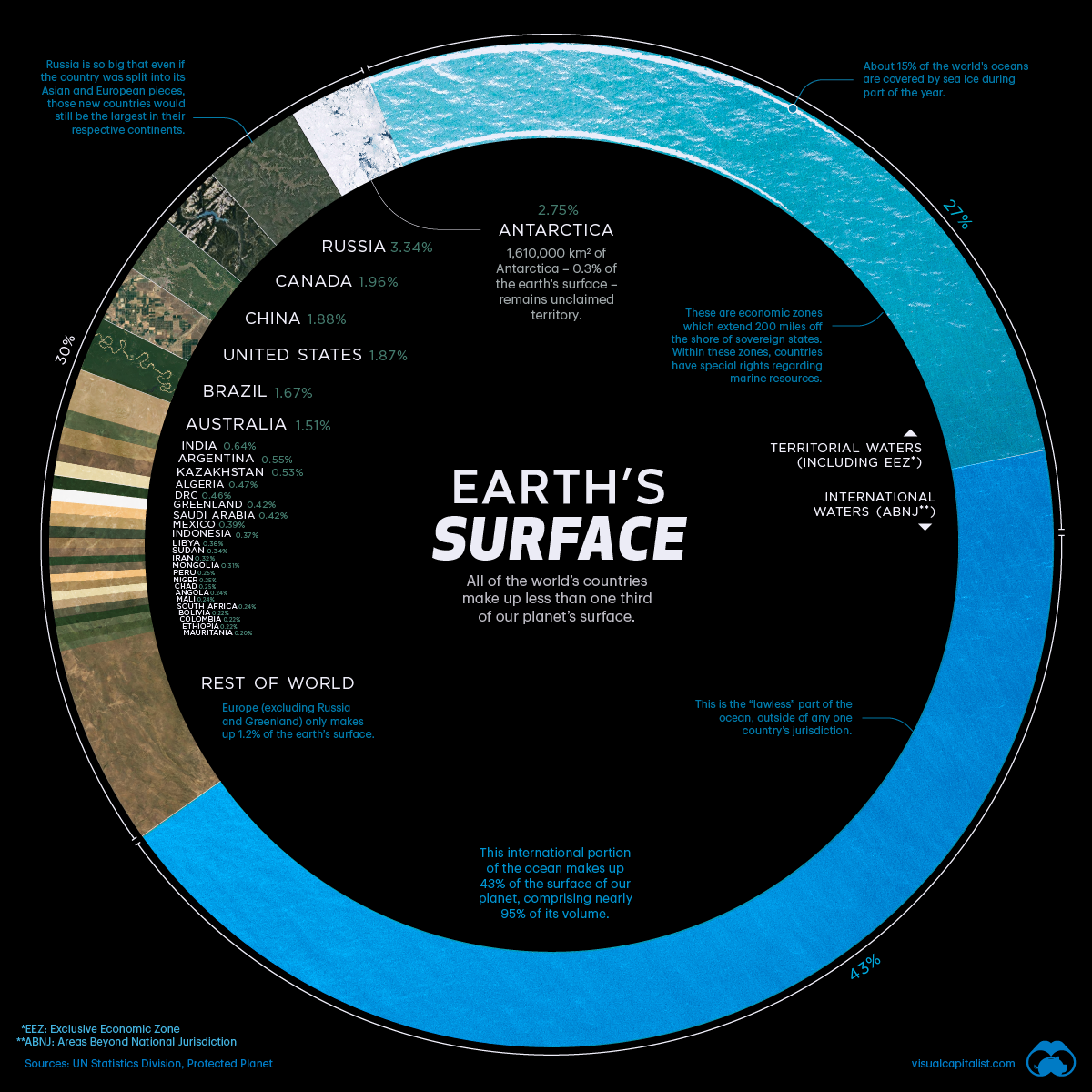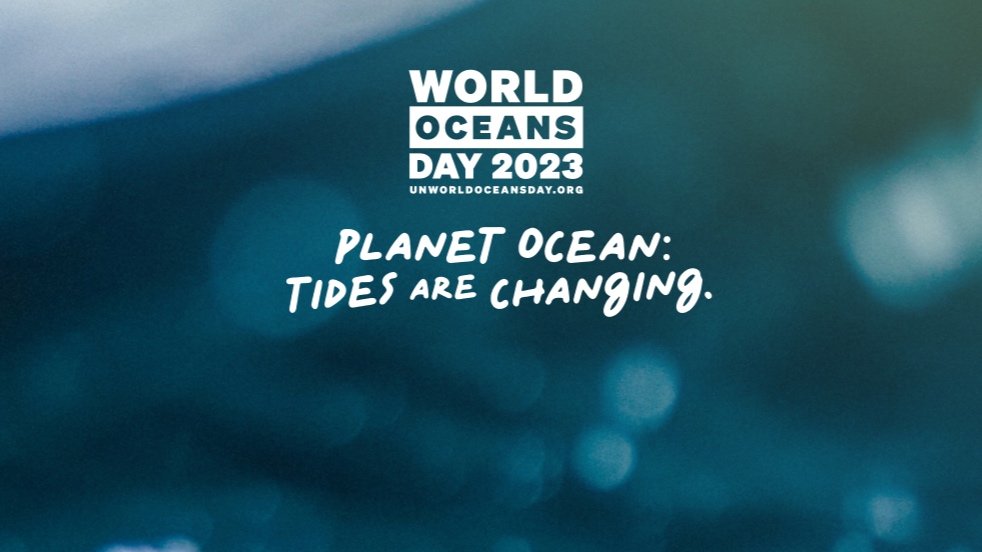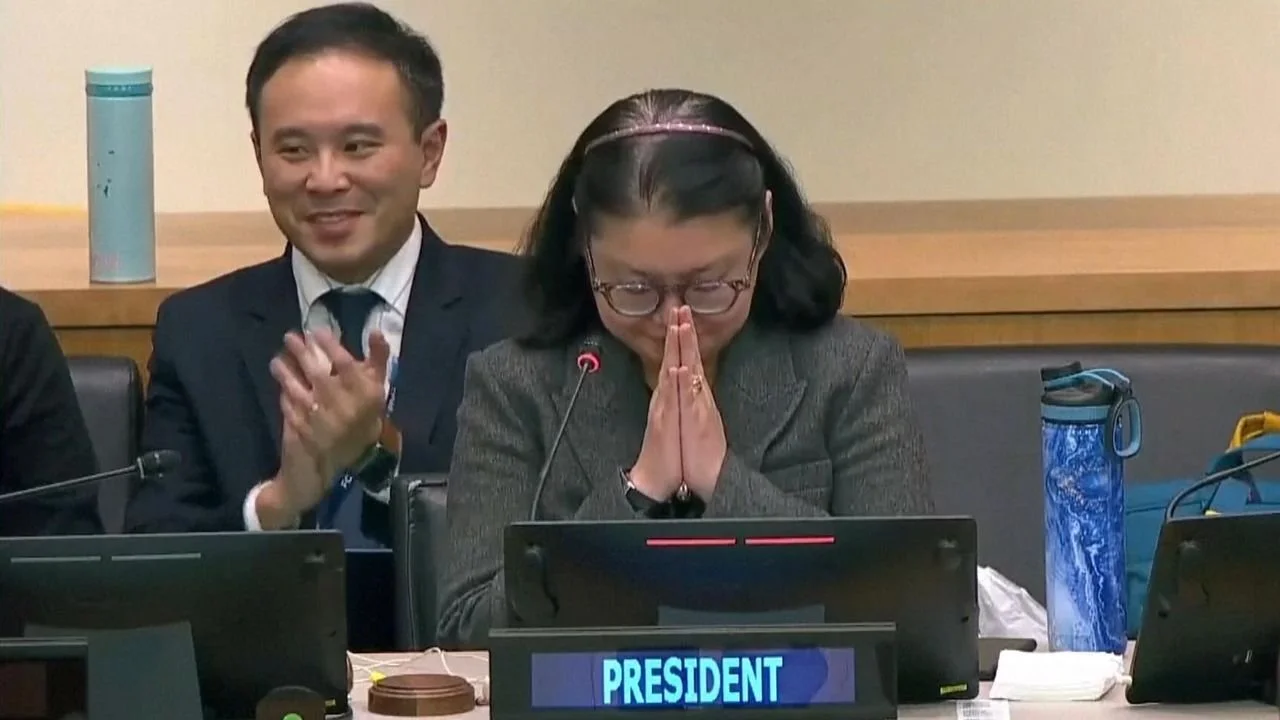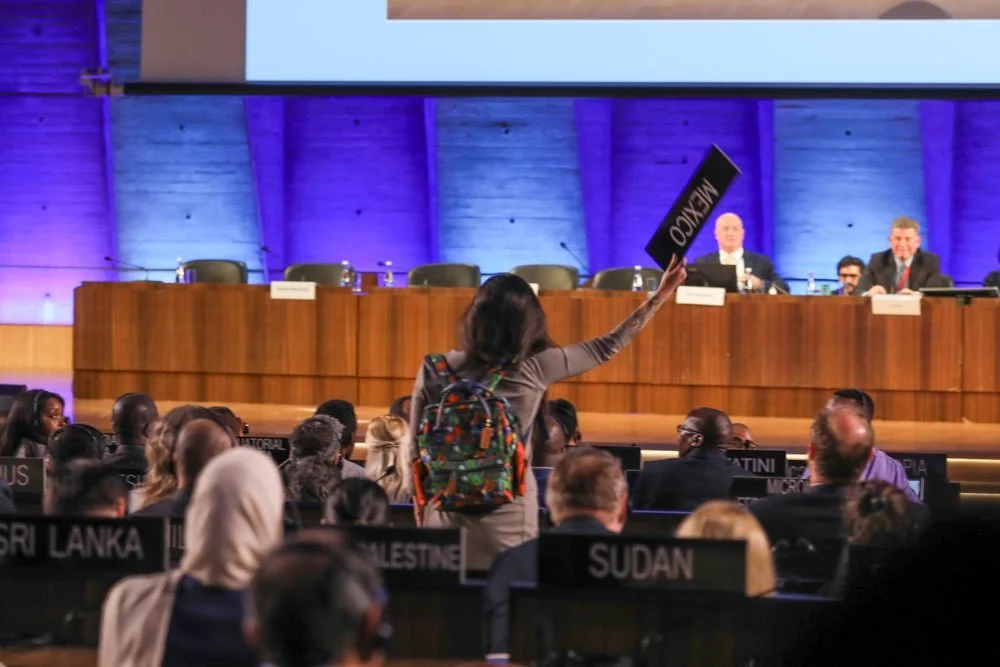How the Tides are Changing This World Oceans Day 2023
Considering they’re dedicated to the exploration of space, it’s interesting - but perhaps not surprising - that Astronauts are some of our planet’s greatest defenders. After all, they’re the ones who look back at the ‘thin blue line’ of our home’s atmosphere, who experience the enormity of seeing in person just how small a place we occupy in the universe. And it was astronauts who captured the first and only whole-earth image to be taken by a human, during the Apollo 17 mission in 1972. It’s one of the most reproduced images in history, and no human since has been far enough in outer space to photograph it again.
And it was the crew of Apollo 17 who named the photograph “The Blue Marble,” a name repeated by many astronauts since.
“It is crystal clear from up here that everything is finite on this little blue marble in a black space, and there is no planet B.”
~ Alexander Gerst, European Space Agency astronaut, to world leaders live from the ISS (17 December 2018)
“The Blue Marble” photo, taken by the crew of Apollo 11, shows that we really do live on Planet Ocean, not Planet Earth.
Image Credit: NASA
So why do we call it Planet Earth? With ocean covering 70% of its surface, it really is Planet Ocean. And what has happened in the last year to help change the tides? Let’s explore!
Welcome to Planet oceaN
This UN World Oceans Day, let’s remind ourselves of a few key facts about this blue planet:
Territorial & international waters make up 70% of the planet’s surface.
The ocean would be the 8th largest economy in the world if it were a country
But less than 3% of ocean is considered ‘highly protected’
Ocean covers 70% of the planet
The land mass of countries actually makes up less than a third of the planet’s surface. Whereas ocean covers more than two thirds of the planet’s surface, with territorial waters making up 27% and international waters making up 43%.
To put this into perspective, let’s look at Russia. It’s the largest country by surface area, covering a whopping 17,098,246 km². Yet it covers only 3.34% - dwarfed by the surface area of the ocean!
Image Credit: Visual Capitalist
The BLUE ECONOMY IS The WORLD’S 8TH LARGEST
If the ocean were a country, it would be the 8th largest economy in the world behind USA, China, Japan, Germany, UK, India, and France - according to Economist Impact.
The export value of the blue economy is worth approximately US$2.5trn per year. That’s about 3% of GDP in 2020.
And this excludes the ocean’s natural capital. Marine natural capital (the value of nature for people, planet, and the economy) alone is estimated at US$24trn.
Source: Economist Impact
Less than 3% of the ocean is protected
Despite this, less than 3% of ocean currently lies within a ‘highly protected’ zone. Just a fraction of the 30x30 target set out in the Kunming-Montreal Global Biodiversity Framework.
The framework - often shortened to 30x30 - was committed to by over 188 governments in December 2022 and includes a commitment to protect and conserve 30% of the world’s land, freshwater, and ocean by 2030 while respecting indigenous and traditional territories.
But according to the Marine Conservation Institute, only 2.9% of current Marine Protected Areas (MPAs) are considered fully or highly protected.
Planet Ocean: Tides are Changing
The theme of World Oceans Day 2023 is “Planet Ocean: Tides are Changing.” And they really are!
Caring for the environment can feel like an uphill battle sometimes, but it’s been heartening for our team at Ocean Impact Organisation to see a variety of treaties, commitments, and outcomes for Planet Ocean be realised and explored over the last 12 months by leaders and governments around the world. We’ve seen industries make incremental shifts that seemed impossible previously! And most importantly for us, we’ve seen the global ocean impact innovation ecosystem grow. All of this gives us hope.
Let’s explore some of the ‘happy highlights’ and big news stories that have happened for Planet Ocean.
Historic High Seas Treaty
Conference president Rena Lee of Singapore received a standing ovation after announcing the High Seas Treaty
After more than a decade of talks and negotiations, the gavel came down on 3 March 2023, as UN Member States agreed on a High Seas Treaty to ensure the protection and sustainable use of marine biodiversity for areas beyond national jurisdiction (ABNJ): the ‘lawless’ High Seas.
For the first time in history, rules will be in place to better manage and govern what happens in previously ungoverned international waters. This includes establishing Marine Protected Areas (MPAs), as well as the responsible and equitable use of ocean resources, such as marine genetic resources, to ensure we’re not depleting ocean ecosystems and that benefits are shared.
This historic treaty is crucial for enforcing the 30x30 pledge. Without a treaty, the target would likely fail, as no legal mechanism existed to set up MPAs on the high seas until then.
Conference president, Rena Lee of Singapore, said it best as she announced “ladies and gentlemen, the ship has reached the shore.”
341 ocean commitments worth over $19.9B
Our Ocean Conference in Panama. Image Credit: @OurOceanPanama on Twitter
The eighth Our Ocean Conference concluded in Panama on 3 March 2023 with 341 new commitments, worth more than 19.9 billion dollars, to protect the ocean.
Initiatives to protect and conserve the coral reefs alone will benefit from the £24 million GBP commitment by the Government of the United Kingdom, and a $5 million USD investment from the Minderoo Foundation to the Global Fund for Coral Reefs grant and private equity funds, respectively.
Delegates and authorities representing more than 190 countries adopted 95 commitments on climate change, 36 on marine pollution, 52 on sustainable blue economy, 47 on marine protected areas, 47 on sustainable fisheries, and 37 on maritime security, emphasising the collective responsibility of governments, companies, civil society, young people, science, and technology to come together to protect the ocean.
Harmful Fisheries Subsidies Agreement
Timur Suleimenov, chair of the World Trade Organisation’s 12th Ministerial Conference, brings down the gavel to close proceedings on the harmful fisheries subsidies agreement. Image Credit: ©WTO / Jay Louvion
After 20+ years of negotiations, a deal to curb harmful fisheries subsidies was finally agreed between the World Trade Organisation’s (WTO’s) 164 members towards the end of June last year. It was a major step for ocean sustainability, as fisheries subsidies are a key factor in the depletion of the world’s fish stocks
According to the WTO, the agreement is historic as:
the first UN Sustainable Development Goal (SDG) target to be fully met.
the first SDG target met through a multilateral agreement.
the first WTO agreement to focus on the environment.
the first broad, binding, multilateral agreement on ocean sustainability
and only the second agreement reached at the WTO since its inception
UN Plastic Treaty
Camila Isabel Zepeda Lizama - delegate for Mexico - stands whilst talks are locked in procedural discussions, “let’s just stand up and go to contact groups. Please, all delegates.” Image credit: ©IISD/ENB / Kiara Worth
After a week of tense negotiations in Paris at the second session of the Intergovernmental Negotiating Committee (INC-2), the world is one step closer to a global treaty to end plastic pollution! One of the biggest challenges facing planet ocean today.
Despite talks being stalled by oil-rich countries - much to the disappointment of the High Ambition Coalition - over voting rules and points of procedure until the third day, a compromise allowed members to move out of the deadlock. Through what was essentially an “agreement to disagree” which will likely need to be revisited. This allowed discussions to move onto the actual ins and outs of a plastics treaty.
It’s hoped that the treaty will address:
controls on harmful chemicals in plastics
bans on problematic plastics
reducing the consumption and production of plastic
Enabling circularity for plastic: Redesigning them to ensure durability, keeping items in circulation, and allowing them to be recycled at end of life
At the end of the five days - from 29 May to 2 June 2023 - the go ahead was given for a draft, providing a springboard for the next meeting in Kenya in November.
Happy World Oceans Day!
So there you have it, tides are changing for Planet Ocean. The big question is whether key stakeholders will move with it.
But us? Well, we’re opting for a healthy dose of practical optimism. It’s never been more urgent to take action, so even when the world takes one step back, we choose to keep making moves for this blue planet.
Because it’s full of wildly diverse landscapes, mysterious creatures, and beautiful underwater worlds that science is yet to discover. We all live, work, and make memories here.
So this World Oceans Day - and every day - we can all do our bit: by leaving things better than you found them.
And perhaps that’s what those astronauts feel when they look back at this tiny, blue mable.










